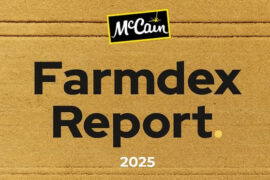Weaker seafood demand is expected in the second half of 2022 compared to the same period in 2021 and the first half of this year, according to the Rabobank’s RaboResearch unit’s “Global Aquaculture Update 2H 2022” report, subtitled “On the Brink of Recession.” With softening demand, price corrections and persistently high production costs, salmon and shrimp farmer profits are likely to decline from recent highs. In contrast, fish meal prices are likely to be supported by the high prices of alternatives.
Demand Drivers
Recessionary dynamics have already started in both the European Union and the United States in the midst of their economic recoveries from the coronavirus pandemic. Foodservice demand for seafood will cool in both regions, said Rabobank, which means another switch back to retail.
China is the most unpredictable factor in 2H 2022. Potentially, there is considerable upside for both shrimp and salmon, especially in Q4 2022, as long as Covid-related lockdowns and import restrictions are not reintroduced by the government.
Supply Drivers
Salmon supply will improve in 2H, compensating for the supply contraction in 1H, though this year’s growth is still the lowest since 2016. Shrimp supply is expected to grow in the second half of 2022, though at a decreasing pace as farmer profitability approaches the break even point. Despite a high first season quota, Peru’s fish meal production will not surpass 2021. Good production in other parts of the world is unlikely to offset the loss.





